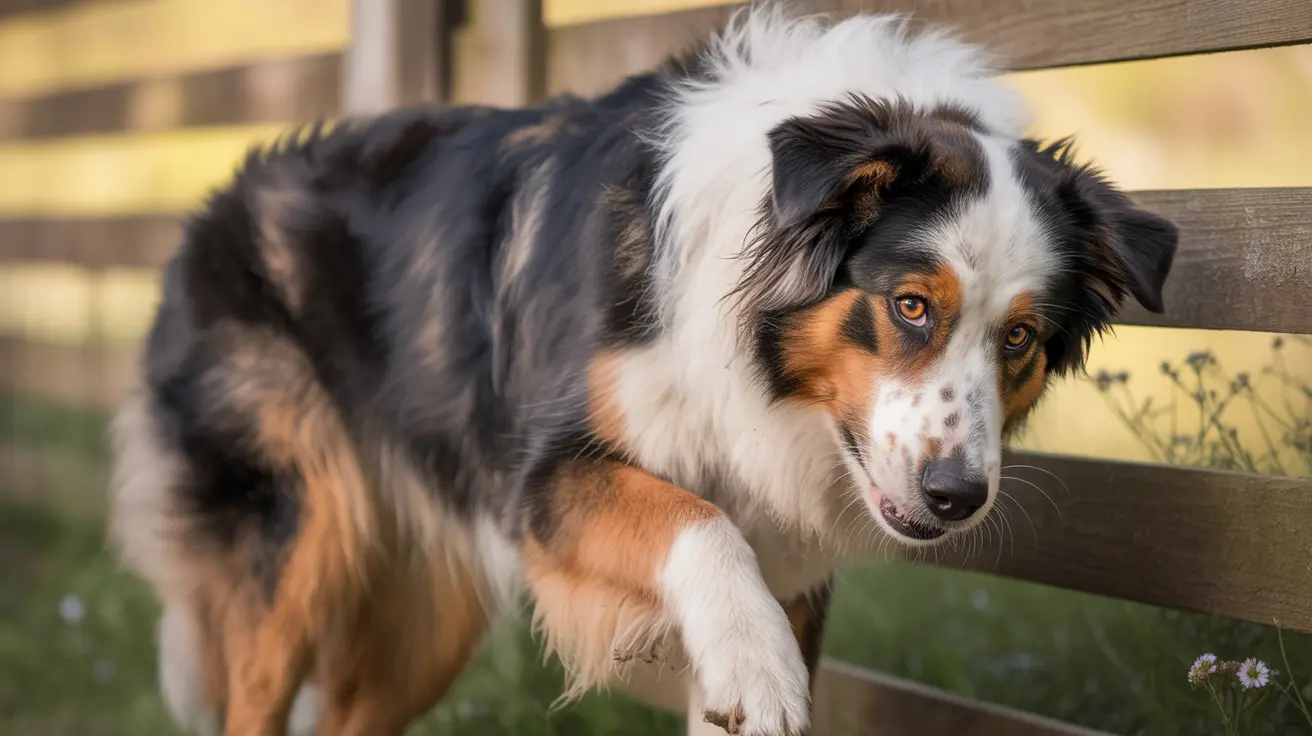Why Do Some Dog Treats Contain Garlic?
Garlic, a common culinary ingredient praised for its potential health benefits in humans, is sometimes controversially found in dog treats. This raises an important question for pet owners:
why is garlic included in dog treats if it is known to be toxic to dogs?
Understanding the Toxicity of Garlic to Dogs
Garlic belongs to the
Allium family, which also includes onions, chives, and leeks — all potentially toxic to dogs. It contains compounds such as
thiosulfate and
n-propyldisulfide, which can cause
oxidative damage to red blood cells. This damage leads to a condition known as
hemolytic anemia, impairing the dog’s ability to carry oxygen efficiently.
Symptoms of garlic toxicity may include:
- Pale gums
- Lethargy and weakness
- Abdominal pain and vomiting
- Diarrhea and drooling
- Loss of appetite
- Increased heart or respiratory rate
- Dark-colored urine
How Much Garlic Is Dangerous?
Toxicity depends on the amount ingested relative to the dog’s
body weight. Research indicates that approximately
15 to 30 grams of garlic per kilogram of body weight is required to cause adverse effects. Considering each clove weighs between 3 to 7 grams, a significant quantity must be eaten to trigger severe toxicity — but dogs vary in sensitivity, and some may be harmed by lower doses or cumulative exposure over time.
Why Include Garlic in Dog Treats?
Despite the risks, some manufacturers include garlic in small amounts for purported health benefits. Advocates of garlic supplementation for dogs claim it may:
- Support immune function
- Act as a natural flea and tick repellent
- Provide antioxidant properties
- Enhance liver function
- Support cardiovascular health
Proponents also highlight garlic’s content of
vitamins A, C, B-complex and
minerals like calcium, selenium, and zinc. However, these claims are generally
anecdotal and not backed by rigorous veterinary science. Most veterinarians agree that garlic’s risks outweigh its unproven benefits, especially considering the unpredictable sensitivities across dog breeds.
Which Dogs Are Most at Risk?
Certain categories of dogs should never consume garlic in any form:
- Puppies, whose developing systems are more vulnerable
- Pregnant or nursing dogs, due to risk to mother and puppies
- Anemic dogs, where red blood cell destruction can be life-threatening
- Japanese breeds such as Akitas and Shiba Inus, which are genetically more sensitive
Symptoms Might Take Time to Appear
Unlike some toxins,
garlic poisoning symptoms may not appear immediately. It can take
several days for a dog to show signs of hemolytic anemia and other clinical symptoms, delaying necessary treatment.
What to Do If Your Dog Ingests Garlic
If you suspect your dog has eaten garlic — whether fresh, cooked, or in powdered form — contact a veterinarian immediately. Veterinary intervention may include:
- Inducing vomiting (if ingestion was recent)
- Administering activated charcoal to reduce toxin absorption
- Bloodwork to assess red blood cell counts
- IV fluids and medications to support organ function
- In severe cases, blood transfusions or oxygen therapy
Garlic in Processed Foods
Dogs should also avoid
garlic bread and other human foods containing garlic. These products may also contain:
- High fat levels from butter or oil
- High salt levels
- Other seasonings detrimental to canine health
These ingredients can lead to gastrointestinal upset, weight gain, or even pancreatitis.
Are There Safe Alternatives?
Instead of garlic, consider
veterinarian-approved supplements or food additives proven safe for dogs. When in doubt, stick to:
- High-quality, nutritionally complete commercial dog food
- Treats made with simple, natural ingredients
- Consultations with a qualified veterinarian before introducing supplements
Bottom Line
While garlic may be present in some dog treats, it poses
real health risks and is best avoided. The consensus among veterinary professionals is clear: the
potential toxicity far outweighs any speculative benefits. Pet owners should scrutinize ingredient labels, opt for
safe, balanced nutrition, and consult a veterinarian before experimenting with dietary changes — especially ones involving garlic.





